- FiberMall
- September 25, 2023
- 6:34 am

Harry Collins
Answered on 6:34 am
Yes, there are some 100G transceivers that allow the use of standard duplex multi-mode fiber. For example, the 100G BiDi (Bidirectional) transceivers use a single fiber to transmit and receive data at full-duplex 50Gb/s, and can support distances up to 70m over OM3 or 100m over OM4 fiber. Another example is the 100G SWDM4 (Short Wavelength Division Multiplexing) transceivers, which use four wavelengths to multiplex data over a single fiber, and can support distances up to 70m over OM3 or 100m over OM4 fiber. Both types of transceivers have LC duplex connectors, which are compatible with the standard multi-mode fiber infrastructure.
People Also Ask
How to Use the XGSPON ONU Stick SFP+
Fiber-to-the-Home (FTTH) technology is revolutionizing internet connectivity. However, the closed devices provided by internet service providers often restrict users’ freedom. If you have a router or switch with an SFP+ interface, such as the Ubiquiti Dream Machine Pro, Mikrotik CCR series, or an OPNsense device, the XGSPON ONU Stick SFP+
The Ultimate Guide to Choosing a 5-Port Gigabit Ethernet Switch for Your Home Network
An efficient home network system is the foundation of contemporary technology, facilitating the smooth operation of activities such as streaming, gaming, and home offices. Gigabit Ethernet routers are an integral component of the home network system, and a five-port gigabit ethernet switch marks the initial stage of network enhancement. Smaller
Unlocking the Power of Enterprise Network Switches: Your Ultimate Guide
In the contemporary era characterized by rapid technological advancements, the infrastructure of an organization’s network is the foundation of any successful business. Efficient enterprise network switches are crucial for optimal productivity, full organizational communication, and meeting the needs of modern business functions. What are these switches and how can they
FiberMall Launches Liquid-Cooled Optical Modules and AOCs, Driving Green and Efficient Data Center Connectivity
FiberMall, a global leader in optical communication solutions, today officially announced the launch of multiple liquid-cooled optical modules and active optical cables (AOCs) spanning data rates from 10G to 200G. This new product lineup includes key models such as the 10G SFP+, 25G SFP28, 100G QSFP28, 200G SFP56, 400G QSFP112,
Understanding 10G-PON, XGS-PON, GPON, and 10G-EPON in Passive Optical Networks
In the context of modern telecommunications, Passive Optical Networks (PON) stand out as a noteworthy development since they allow businesses and residential users to connect to the internet faster and more reliably. Among the various standards which drive the PON technology, the 10G-PON, XGS-PON, GPON, and 10G-EPON are the most
Related Articles
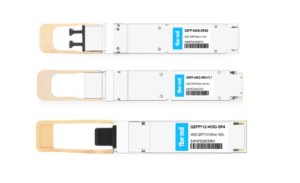
800G SR8 and 400G SR4 Optical Transceiver Modules Compatibility and Interconnection Test Report
Version Change Log Writer V0 Sample Test Cassie Test Purpose Test Objects:800G OSFP SR8/400G OSFP SR4/400G Q112 SR4. By conducting corresponding tests, the test parameters meet the relevant industry standards, and the test modules can be normally used for Nvidia (Mellanox) MQM9790 switch, Nvidia (Mellanox) ConnectX-7 network card and Nvidia (Mellanox) BlueField-3, laying a foundation for
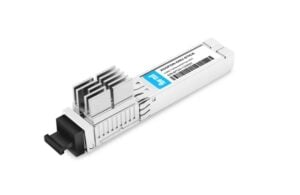
How to Use the XGSPON ONU Stick SFP+
Fiber-to-the-Home (FTTH) technology is revolutionizing internet connectivity. However, the closed devices provided by internet service providers often restrict users’ freedom. If you have a router or switch with an SFP+ interface, such as the Ubiquiti Dream Machine Pro, Mikrotik CCR series, or an OPNsense device, the XGSPON ONU Stick SFP+
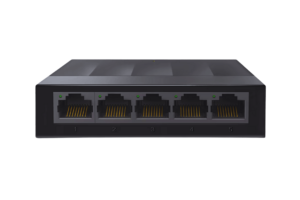
The Ultimate Guide to Choosing a 5-Port Gigabit Ethernet Switch for Your Home Network
An efficient home network system is the foundation of contemporary technology, facilitating the smooth operation of activities such as streaming, gaming, and home offices. Gigabit Ethernet routers are an integral component of the home network system, and a five-port gigabit ethernet switch marks the initial stage of network enhancement. Smaller
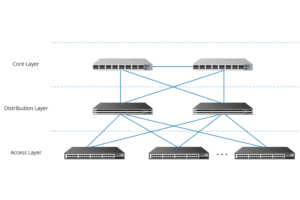
Unlocking the Power of Enterprise Network Switches: Your Ultimate Guide
In the contemporary era characterized by rapid technological advancements, the infrastructure of an organization’s network is the foundation of any successful business. Efficient enterprise network switches are crucial for optimal productivity, full organizational communication, and meeting the needs of modern business functions. What are these switches and how can they

FiberMall Launches Liquid-Cooled Optical Modules and AOCs, Driving Green and Efficient Data Center Connectivity
FiberMall, a global leader in optical communication solutions, today officially announced the launch of multiple liquid-cooled optical modules and active optical cables (AOCs) spanning data rates from 10G to 200G. This new product lineup includes key models such as the 10G SFP+, 25G SFP28, 100G QSFP28, 200G SFP56, 400G QSFP112,
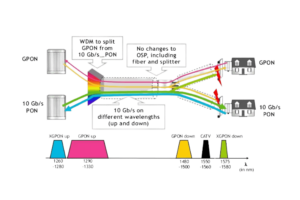
Understanding 10G-PON, XGS-PON, GPON, and 10G-EPON in Passive Optical Networks
In the context of modern telecommunications, Passive Optical Networks (PON) stand out as a noteworthy development since they allow businesses and residential users to connect to the internet faster and more reliably. Among the various standards which drive the PON technology, the 10G-PON, XGS-PON, GPON, and 10G-EPON are the most

The Rise of ASIC Chips
DeepSeek has led to an explosion in demand for inference, and a hole has been torn in Nvidia’s “computing power hegemony”. The door to a new world has gradually opened—the computing power revolution led by ASIC chips is moving from silence to noise. Recently, Core Flow Think Tank quoted an
